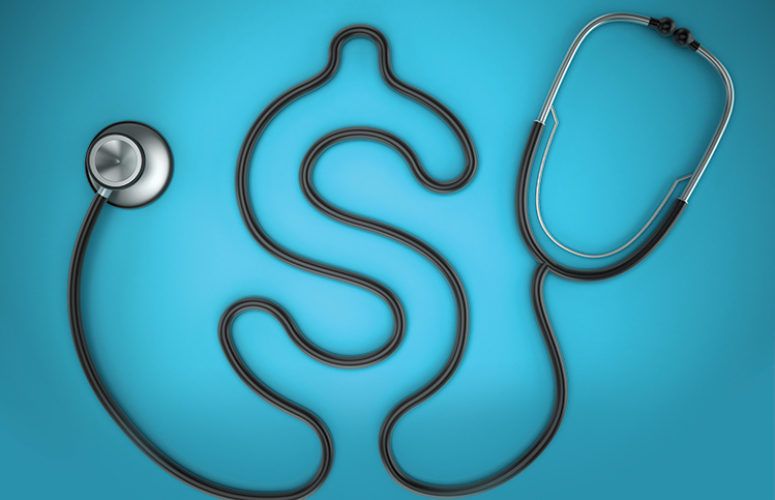
State’s Nursing Shortage Highlighted in New Report
A new data report released by the New Jersey Collaborating Center for Nursing (NJCCN) shines a light on the state’s nursing shortage
On Jan 19, 2023The 2023 edition of the Nursing Data and Analysis Report indicates that 6% of RNs, 4% of LPNs, and 3% of APNs have intent to leave the profession in the next two years. Over the next three years, there are not enough new graduates projected to replace those nurses retiring. New Jersey’s RN workforce is expected to decrease by 5%, while the availability of APNs will decline by 2%. Based on expected graduation rates, the LPN workforce is expected to have an excess of 9%. However, these numbers do not take into consideration the impact of other work environment challenges.
In terms of overall turnover among New Jersey’s nurses in 2021, the rate was 50% among LPNs, 24% among RNs and NPs at 29%. In 2021, RN turnover was 27% nationally.
“The data in this 2023 report brings into even clearer focus what we’ve already known – that we in New Jersey must address current supply and demand for nurses”,” says the NJCCN Executive Director Edna Cadmus, PhD, RN, NEA-BC, FAAN. “Investing in the future of nursing is essential, because the ultimate result will be better health care for everyone.”
The release of the report draws additional attention to bill S2825/A4325, a multi-faceted proposal introduced by Senator Joseph Vitale that focuses on the varied needs of the state’s nurses. While the bill emphasizes education, faculty recruitment, and retention of nurses, its overarching emphasis is enhancing nursing care throughout the state. Other bills have also been introduced in the legislation as well.
The 2023 report also focuses on societal issues impacting health care, including restricted access to care and climbing costs; high maternal mortality rates, particularly within populations of color; an aging population, with increased care needs; and expanded mental health concerns. Strategies for reducing the impact of turnover are also explored, including multistate licensure, expanded nursing residency programs for new graduates, and nursing faculty loan redemption relief.
New Jersey has approximately 141,000 active RNs, 135,000 active APNs, and 23,500 active LPNs providing services across multiple settings. Demand for nurses is currently outpacing supply, which stresses the labor market and impacts workforce stability.
The full report can be downloaded at njccn.org/nursing-workforce-supply-and-demand/
To access more business news, visit NJB News Now.
Related Articles:





